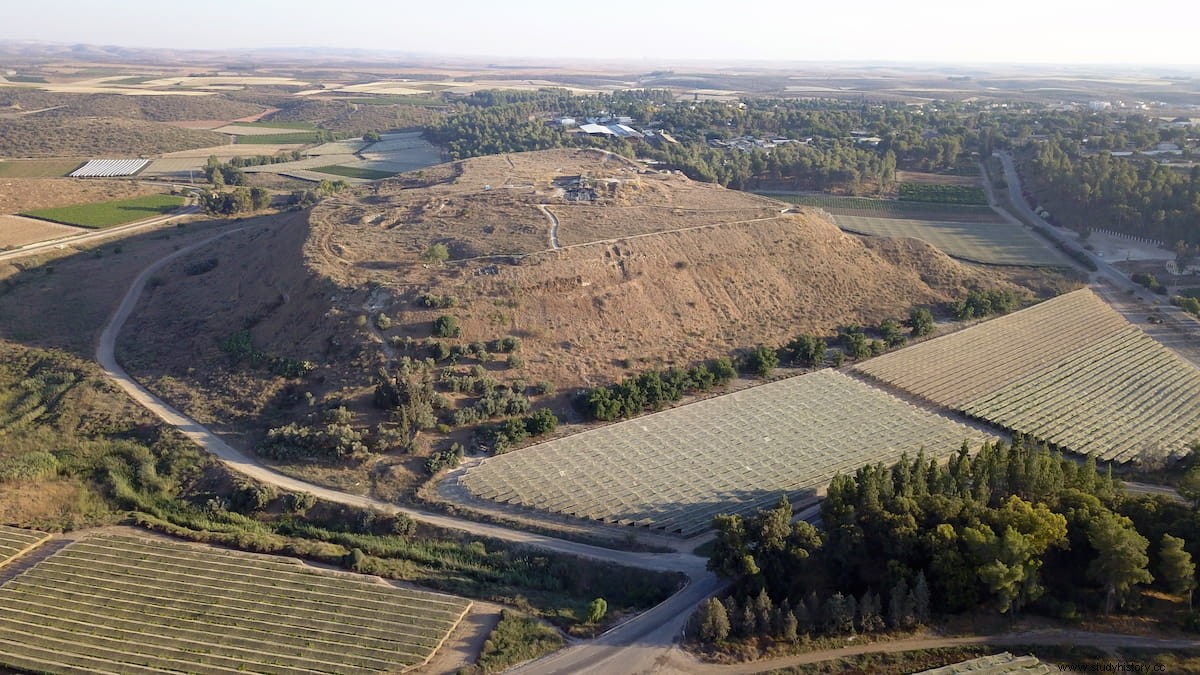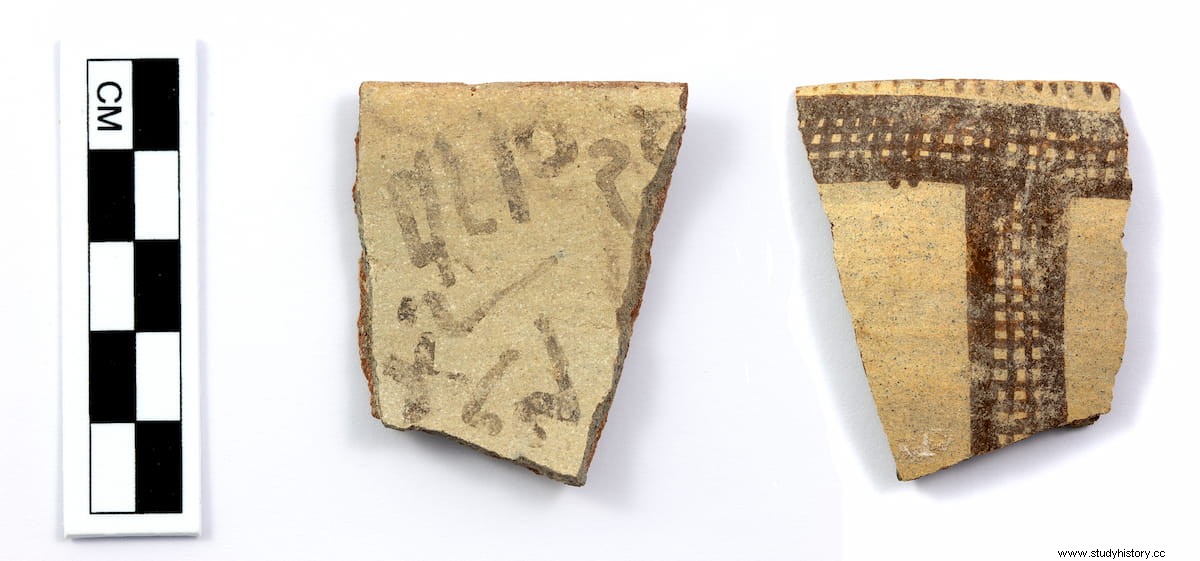Archaeologists from the Austrian Academy of Sciences have found in Tel Lachish (Israel) important evidence of the early development of the alphabet, dating from around 1450 BC. The find shows that the alphabet was not introduced to the Levant by the Egyptian conquerors, as previously thought. The study was published in the journal Antiquity .
This early example of the Bronze Age alphabet helps fill a gap in its early history. Researchers had previously found evidence that the alphabet developed in the Sinai Peninsula around 1800 BC and eventually spread to the Levant around 1300 BC. From there, it began to spread throughout the Mediterranean and ended up becoming the Greek and Latin alphabets.
However, evidence was lacking between the appearance of the alphabet in Sinai and its arrival in the Levant. Therefore, this new find - an inscription on a piece of pottery dating from around 1450 BC - constitutes an important missing link for this gap in the history of the alphabet.

This fragment is one of the earliest examples of alphabetic writing found in Israel said Felix Höflmayer of the Austrian Academy of Sciences and lead author of the research.
At the time, Tel Lachish was an important settlement mentioned in Egyptian documents of the time. It appears to have been a center of activity, with imports from Egypt, Cyprus, and the Aegean, along with several monumental structures. It was near one of them that the fragment was found.

The pottery shard is just under 4 centimeters and appears to be part of the rim of an imported Cypriot bowl. The inner surface is inscribed in dark ink, retaining a handful of diagonally written letters.
These serve as a snapshot of the history of the early alphabet, as most of them remain similar to the Egyptian hieroglyphs they were originally based on. Although the piece's fragmentary nature makes translation difficult, the researchers suggest it could mean slave -perhaps part of someone's name- and nectar or honey . Although the meaning of the inscription is unknown, it has a dramatic impact on our understanding of the history of the alphabet.
Their mere presence leads us to rethink the appearance and proliferation of the primitive alphabet in the Middle East Höflmayer said. The proliferation of the primitive alphabet in the southern Levant used to be dated to the 14th or 13th century BC. and was considered a by-product of the Egyptian domination of the region during that time . However, this snippet shows that it was introduced independently and earlier.
The team hopes to carry out further excavations at the site, hoping to shed more light on this important period in the history of the early alphabet.
